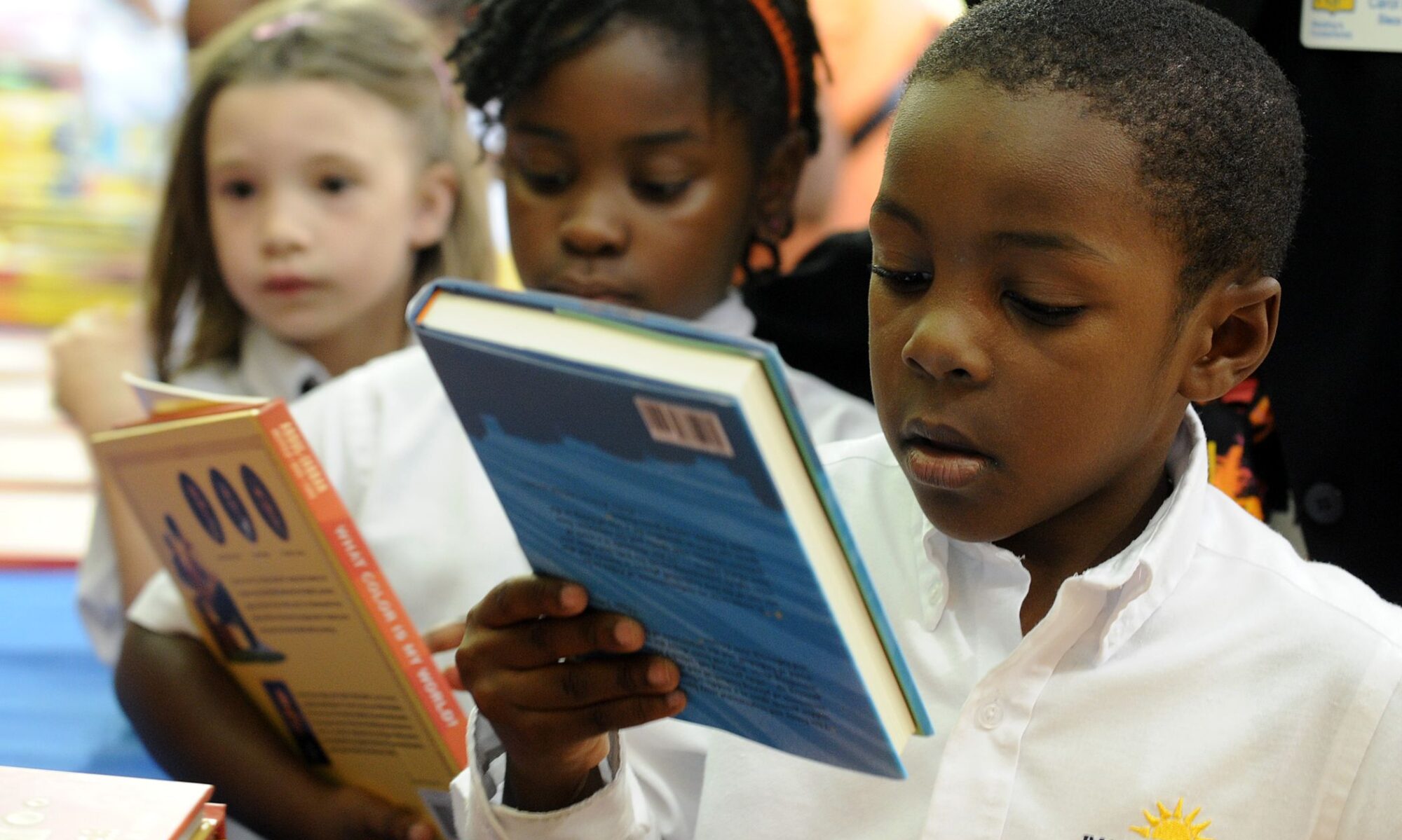Pride Month Activities

Table of Contents
Creating a Class Pride Playlist
Chatter Box: Group Discussion on Healthy Relationships
Pride and LGBTQ+ Presentation Day
LGBTQ+ Trivia
Age: 6th-12th grade
Objective: To break the ice about the history of Pride Month internationally and throughout the U.S. Normalizing conversations about the LGBTQ+ community and facilitating an informal discussion space where students can ask questions about LGBTQ+ Pride.
Directions: Youth are asked a variety of historical and present-day trivia questions surrounding Pride Month and the LGBTQ+ community. Youth may be incentivized through rewards such as being given the choice to choose the next activity by competing with other youth to provide the most correct responses to each question.
- Youth can answer questions in teams by taking turns to answer questions, raising hands and vocalizing answers to the class
- Youth can answer questions independently through use of online quiz platforms such as Kahoot. Click here for Kahoot PRIDE resources.

Source: https://kahoot.com/blog/2022/06/03/pride-month/
Creating a Class Pride Playlist
Age: 6th-12th grade
Objective: To spread awareness of LGBTQ+ individuals in the media and providing LGBTQ+ youth a creative outlet to express their identity. Youth are given the opportunity to use their musical creativity to build connections with their peers and program instructors.
Directions: Youth collaborate to build a playlist comprised of LGBTQ+ artists who they feel represent their individuality. Youth can share to the class why they recommended the song played, as well as what the musical figure means to them. After all song suggestions are added, the program leader may share the link to the playlist with the group of youth via email or program database, so that they are provided complete access to the songs.

Source: https://www.goodhousekeeping.com/life/entertainment/g32947794/lgbt-pride-songs-anthems/
Pride Movie Day
Age: 7th-12th grade
Objective: To engage youth in the experiences of the LGBTQ+ community, opening conversations about the realities that LGBTQ+ populations face.
Directions: Propose multiple films surrounding the LGBTQ+ experience for youth to watch. Options include:
The Perks of Being a Wallflower (Rated PG-13)
Cowboys (Not rated, but 15+ suggested)
After viewing the trailers, youth vote on which movie they want to watch. Once the movie is over, instructors guide youth in an informal discussion, asking “what are your immediate reactions to the film? What can we do to support LGBTQ+ friends or family members? Has this changed the way you understand LGBTQ+ people?”

Source: https://www.uuwellesleyhills.org/pride-movie-nights/
Chatter Box: Group Discussion on Healthy Relationships
Age: 6-12th grade
Objective: To express to youth that everyone has relationships, and that everyone has a choice as to how they want to be treated in them. Highlighting to youth the warning signs of unhealthy relationships.
Directions: Youth are divided into two groups: Group 1 and Group 2. One group will form a circle facing outward while a second group circles around them.
For example:
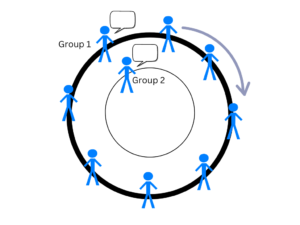
In this arrangement, instructors present youth with questions such as “who are people in your life that make you feel good about being yourself and why? What are the characteristics and qualities you look for in a friend? Does it matter if the friend is a guy or girl? How should you treat a boyfriend or girlfriend?”
- Youth are provided 30 seconds to discuss the question with the person they are facing
- At the end of the 30 seconds, youth in the inner circle will rotate right to answer the next question with a new peer
When the activity is over, the instructor will invite youth into a group discussion to discuss their responses to the questions. Next, the instructor will discuss protective factors that foster healthy relationships, informing youth of how respect, safety, support, individuality, equality, acceptance, trust, and communication are important for all types of positive social interactions.
Source: https://idvsa.org/wp-content/uploads/2013/01/Healthy-Relationships.pdf
Color Associating Assumptions
Age: 6-12th grade
Objective: To examine the feelings and reactions that are connected to youth judgements of others. To explore the importance of self-identity by comparing and contrasting the positive and negative aspects of assumptions.
Directions:
- The instructor asks the group to stand up and form a circle without speaking
- Once the group is ready, the instructor asks everyone to silently look to the person to their left, and based on their prior experiences with them, to identify a color for that person
- After youth have assigned a color to that person, the instructor selects someone to start, prompting each individual to share what color they chose for the person on their left and why
- The instructor asks each group member to pause and reflect for 30 seconds
- The instructor asks each individual to say what color they associate with themselves, this time without describing why they chose that color
Once all responses are given, the instructor opens to the group questions about how the assumptions they assigned made each person feel. For example, instructors may ask “what did it feel like to have someone else label your color without knowing much without you? How many of you feel like the color you were given was an accurate assumption? If so, what did that feel like? If not, what did that feel like?”
Based on that discussion, instructors may ask follow up questions prolonging a conversation about youth implicit biases.
For instance, instructors may ask:
- In what ways do our assumptions about other people have a negative impact on our relationship with them?
- Sometimes it can be challenging to notice when someone is going through a difficult time, and part of this exercise is to help identify those signs and to discuss strategies on how to be supportive. How do you think this activity relates to that?
- How did it feel to share with the class the color that best described you? How do you think your experience in this activity would have changed had you not been provided that opportunity? As a community, how can we create spaces and opportunity in the future for youth to share with us who they are and how they feel?
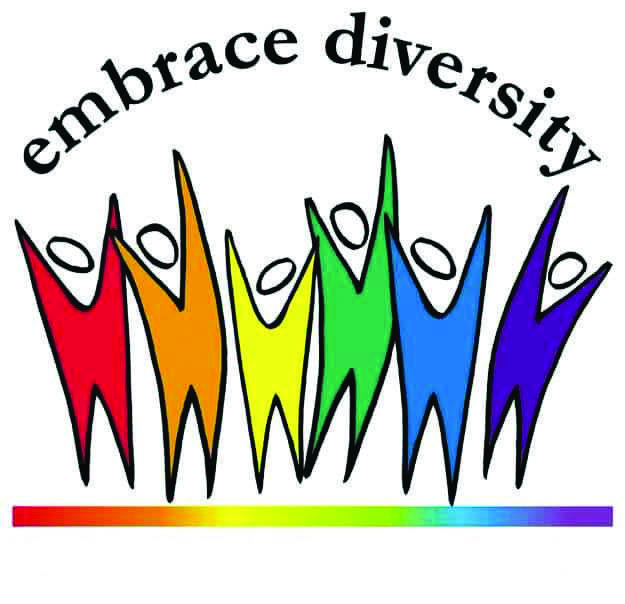
Source: https://www.thetrevorproject.org/wp-content/uploads/2017/08/75ea657f061737b608_6pm6ivozp.pdf
Pride and LGBTQ+ Presentation Day
Age: K-12th grade
Objective: To share the personal stories of members of the LGBTQ+ community, opening conversations about the lived experiences of local LGBTQ+ people in a nondiscriminatory light.
Directions: Program coordinators plan a day where youth can invite LGBTQ+ friends, family members, and role models into the learning environment to share about their experiences, adversities, and accomplishments. Youth may have the option to rework the discussion into a family project, to which they would share with the invited individual about LGBTQ+ stories. Presentations may be conducted in person, or over video communication programs such as Google Meet and Zoom.
Instructors can collaborate with youth in advance to prepare presenting volunteers guiding questions for their discussion points.
Model questions may appear as:
- What does the word “discrimination mean to you?”
- What does Pride Month mean to you?
- Why is it so important that our communities and laws treat people equally?
- In what ways does being a member of the LGBTQ+ community relate to your self-identity?
After each presentation is finished, the instructor will co-facilitate with the presenting individual a group reflection.
To lead that conversation, instuctors and volunteers may ask youth:
- What did you expect to receive from the presentation before it took place? Do you have any further questions?
- What did you learn about the LGBTQ+ community that you did not know before? Were you surprised by anything?
- How can your knowledge of LGBTQ+ stories help you practice allyship with the LGBTQ+ community moving forward?
- How does your knowledge of LGBTQ+ stories shape your perception of LGBTQ+ culture?
- In the situation where program coordinators do not receive high engagement and participation from volunteers, instructors may project to youth testimonial videos by LGBTQ+ individuals sharing their personal stories online. Click here for video resources by the It Gets Better Project.
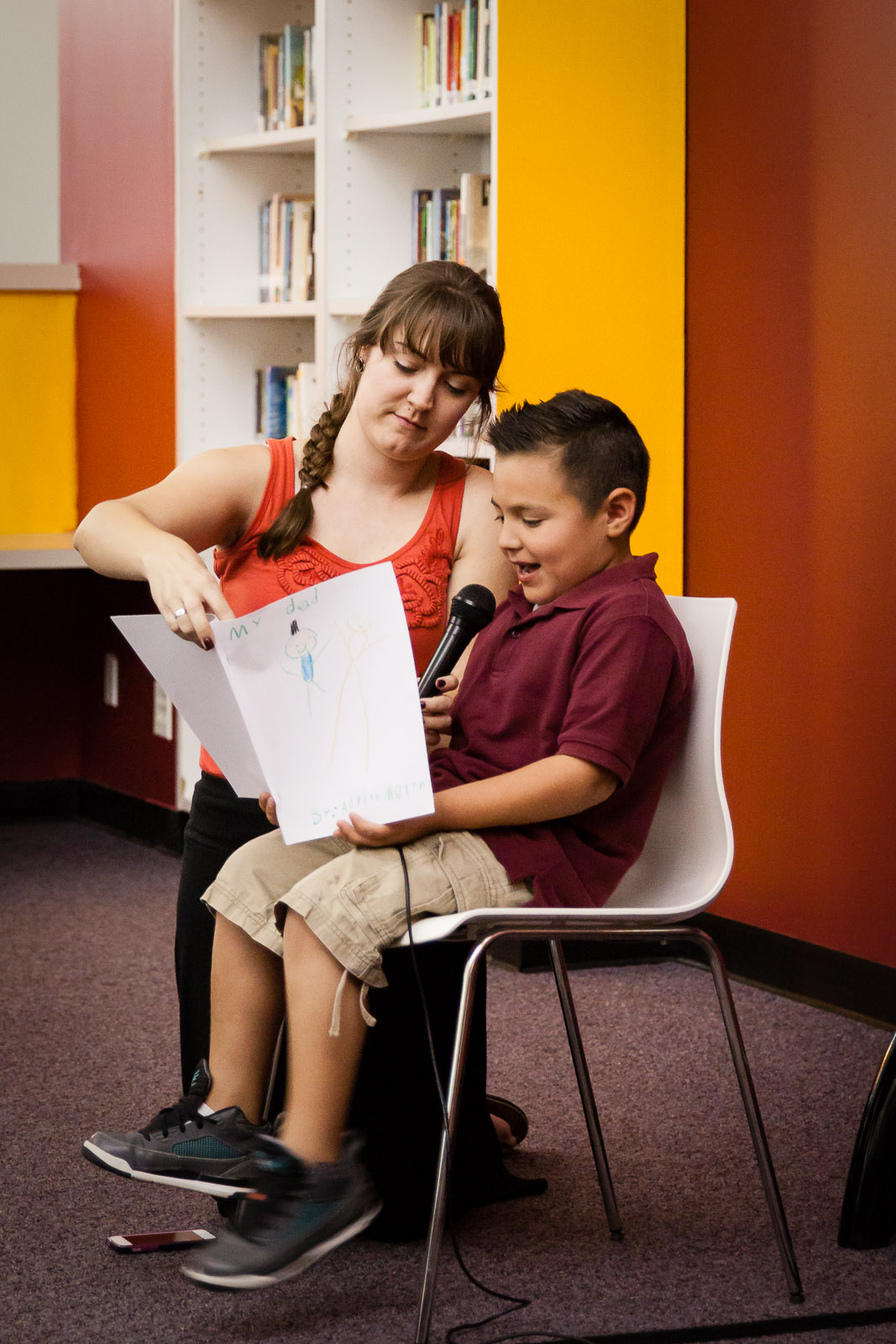
LGBTQ+ Umbrella
Age: K-12th grade
Objective: To provide youth with the basic, foundational language used to describe the LGBTQ+ community. Educating youth on how to separate genders from sexualities using the correct terminology.
Directions: Instructors provide youth definitions for each term of the LGBTQ+ acronym, explaining what it means to be lesbian, gay, bisexual, trans, and queer, and of other sexualities.
- Instructors will emphasize that there are a countless number of ways in which members of the LGBTQ+ community identify, however, the acronym LGBTQ+ itself is used as an umbrella term to reference all forms of queer identities
- Instructors will prompt the group of youth to individually draw the umbrella using art materials, replicating the parts to the umbrella as the instructor displays it first on a chalk board, white board, or computer drawing software such as Google Drawing
Representations of the umbrella may appear as such:
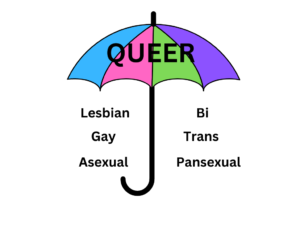
As they draw, youth are urged to consider how consistent use of LGBTQ+ affirming language can better serve the LGBTQ+ community.
For instance, instructors may ask youth:
- How do each part of the umbrella differ from the other? Why is distinguishing each category of sexuality from each other so important?
- What is the difference between sexuality and gender?
- How can we affirm self-identity and self expression on a daily basis?
At the conclusion of the activity, the instructor will allot time to answering any further questions youth may have. Instructors may connect youth with additional resources to help practice using LGBTQ+ sensitive terms. Click here for resources for LGBTQ+ term practice.
Source: https://thesafezoneproject.com/activities/lgbtqumbrella/#LGBTQ_Umbrella_Example_Lecture
Draw A Scientist
Age: 2nd-5th grade
Objective: Youth will explore stereotypes in professions. Youth will discuss examples of gender stereotypes and reflect on their limitations.
Directions:
- The instructor ask the group of youth: What is a scientist?
- After they discuss, the instructor defines what a scientist is to youth
- The instructor distributes paper and drawing supplies to youth, and asks them to draw a scientist at work without providing any further instruction. Youth are given 15 minutes to draw the image
- After the youth finish their drawings, the instructor asks them to reflect on the images as a group:
- The instructor asks youth to share their drawings in groups of 3-4 people, and briefly discuss what is happening in their images
- The instructor hangs up all of the drawings around the room, and allows the youth to do a gallery walk so they can see each of the illustrations
After the gallery walk, the instructor will ask the group to return to their seats. Once they are seated, they will prompt the group with the following questions:
- What first came to mind when I asked you to draw a scientist?
- What ideas inspired your drawing?
- What observations did you make as you saw everyone’s drawings?
- Are there any similarities among the pictures? If so, what did you notice? If not, why do you believe that is?
- Why do the similarities or differences in the drawings exist?
The instructor will use the group responses to open the following questions to the youth:
- How are gender stereotypes seen in different occupations?
- How do gender stereotypes impact the availability of opportunities for all?
- How do gender stereotypes impact the goals you set for your future?

Source: https://www.adl.org/sites/default/files/what-a-draw-a-scientist-reveals.pdf
Pieces of a Puzzle
Age: k-5th grade
Objective: To inspire youth to take pride in their self-identity. To encourage youth to celebrate aspects of their individuality with others.
Directions:
- The instructor asks the youth to draw self-portraits using art materials
- The instructor asks the youth to cut their portraits into five or six pieces
- The instructor asks the youth to write aspects of their identity on the back of each piece of their portrait (Example: youth may write personality traits, hobbies, interests, inspirations, family, etc.)
The instructor asks the youth to tape their portraits together, and to take turns sharing their illustrations to the rest of the group. Youth may consider the following questions as they present:
- How does it feel to express who you are to others?
- How do aspects of who you are translate into your lifestyle and choices?
- How can this program create more opportunities for youth to express their individuality on a daily basis?
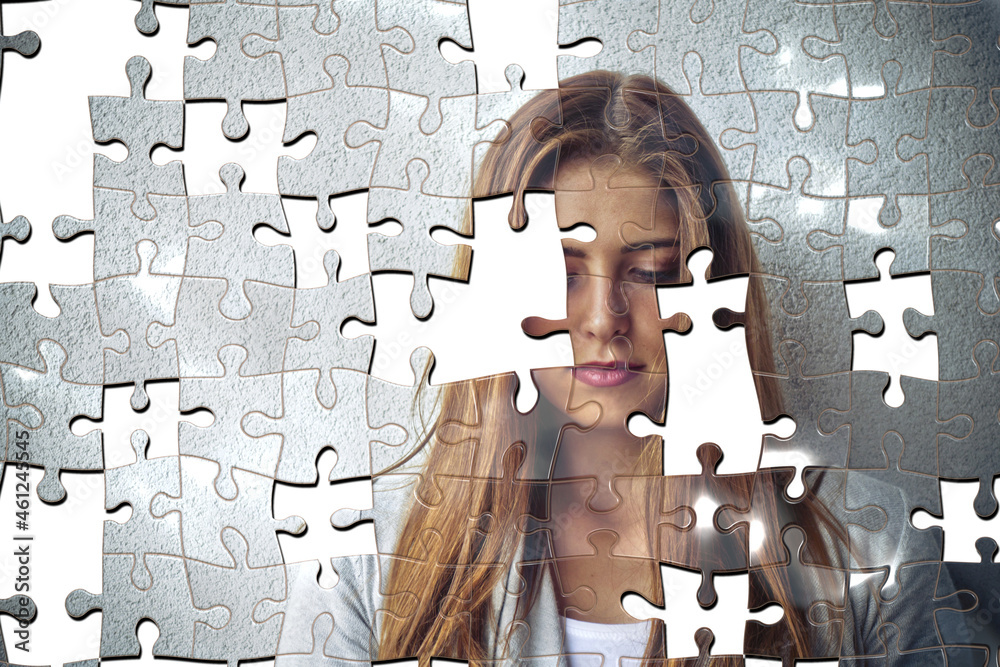
Marriage Equality Video

